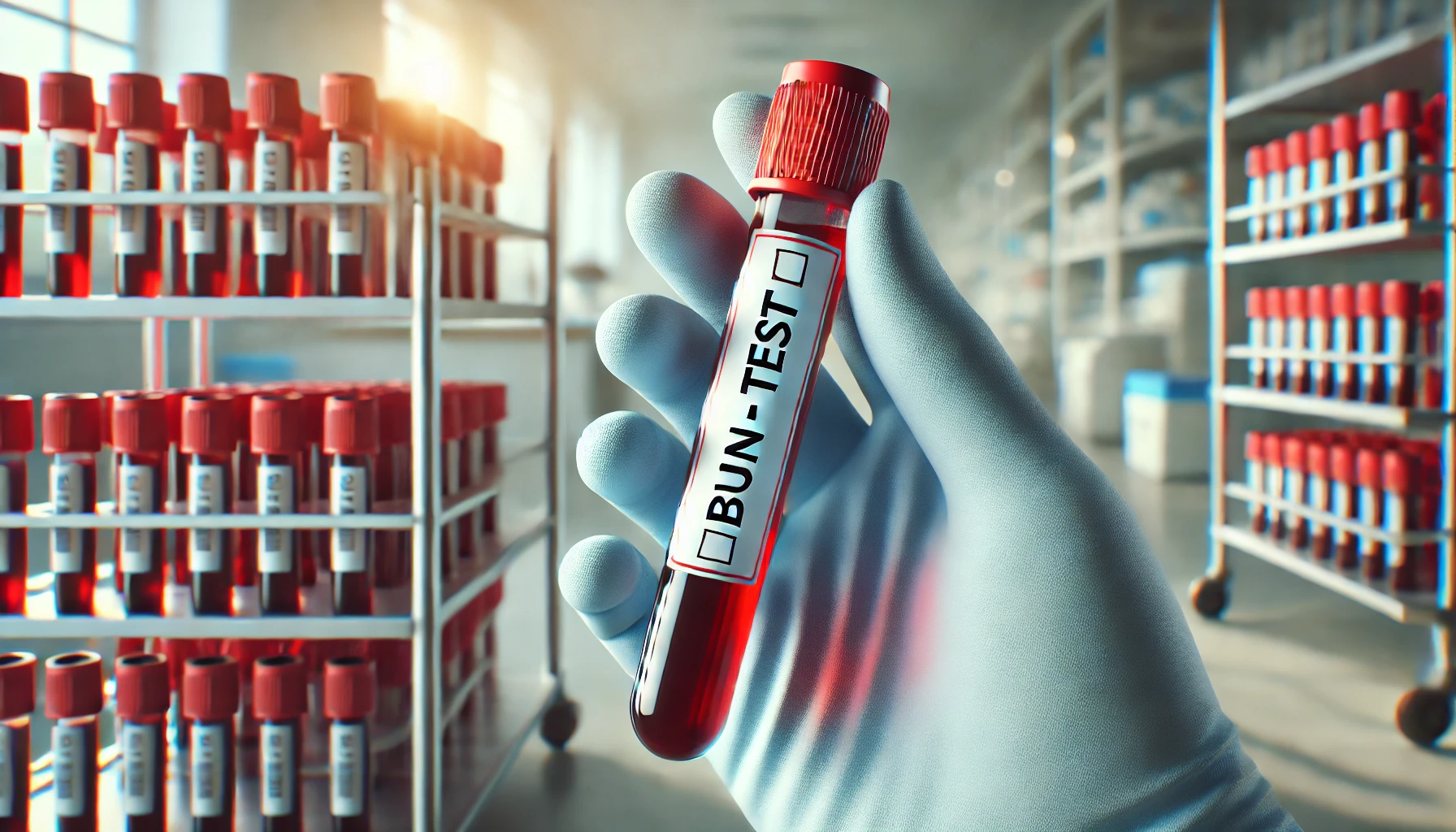Check out this answer from Consensus:
The Blood Urea Nitrogen test is a versatile and essential tool in clinical diagnostics. Various methods, ranging from manual to automated systems, offer reliable and rapid measurement of BUN levels. Its clinical significance extends beyond kidney function assessment, providing valuable insights into the prognosis of conditions like heart failure and acute pancreatitis.
By understanding the different methods and their applications, healthcare providers can choose the most appropriate technique for accurate and timely diagnosis.
A Blood Urea Nitrogen (BUN) test is a common clinical procedure used to assess kidney function by measuring the amount of urea nitrogen in the blood. Urea is a waste product formed in the liver from the breakdown of proteins and is excreted by the kidneys. Elevated levels of BUN can indicate impaired kidney function or other medical conditions.
Methods of BUN Measurement
Coulometric Determination
One method for determining urea nitrogen involves the use of coulometric titration. In this technique, ammonia resulting from the urease hydrolysis of urea is titrated with coulometrically generated hypobromite ion, using direct amperometric end-point detection. This method is particularly useful for blood samples where ammonia is first separated by microdiffusion1.
Single-Reagent Manual Method
Another approach is a single-reagent manual method that does not require deproteinization. This method uses a mixture of diacetylmonoxime, antipyrine, and arsenic pentoxide in an acid solution. It is effective even in the presence of lipemia, bilirubin, hemoglobin, and protein, and follows Beer’s law at 460 nm for BUN concentrations up to 100 mg/100 ml2.
Screening Procedure
A simpler, more rapid screening procedure involves the use of a paper strip test. This method can quickly differentiate between normal and abnormal BUN levels and is particularly useful for emergency determinations3.
Automated Systems
Automated systems like the epoc Blood Analysis System use potentiometric sensors to measure BUN along with other blood parameters. This system provides rapid results and has been shown to have good precision and comparability with other established methods4.
Multilayer-Film Analysis
Multilayer-film slides are another innovative method for measuring urea nitrogen. These slides can be used for whole-blood samples or plasma/serum and provide almost immediate results without the need for reagent preparation or blood sample centrifugation6.
Clinical Significance
Predicting Disease Outcomes
BUN levels are not only indicative of kidney function but also have predictive value in various medical conditions. For instance, a rise in BUN levels within 24 hours of admission has been shown to be a strong predictor of persistent organ failure and pancreatic necrosis in acute pancreatitis8. Similarly, high BUN levels are associated with increased mortality in heart failure patients, making it a valuable prognostic marker9.
Comparison with Other Tests
The BUN test is often preferred over other nitrogen-based tests because it measures a single chemical component, covers a wider range of variations in disease, and is simpler to perform. It is also a more sensitive test of renal function compared to the non-protein nitrogen (NPN) test7.
